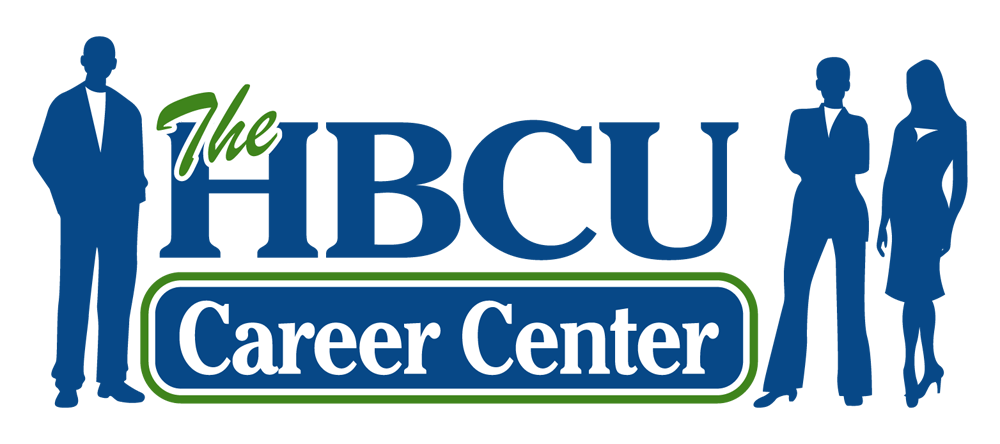Tips for Making a Solid Portfolio for Creative Jobs
Photo by Julia M Cameron from Pexels
While a solid resume is a standard for applying to most jobs, you’ll need to be a little more creative to get a job in the arts. Careers in the arts include professions like photographers, graphic designers, painters, and videographers. These types of careers typically require an excellent portfolio as an add-on to your resume.
A portfolio should contain your best projects and work samples you’ve created in your career. These pieces should provide insight into your skills, process, experience, and ability to produce excellent work. In addition, an extraordinary portfolio can lead to interviews with potential employers or clients for creatives.
Here are some tips for building a compelling portfolio.
Find or create your best work samples
To build a portfolio, you’ll need to gather a few projects you’ve created in the past that you’re most proud of. If you don’t have any previous experience in the creative industry, you can create samples instead. For example, if you’re a graphic designer, you can make a faux concert flyer or design a wedding invitation to showcase your skills to potential employers. Your portfolio should not include everything you’ve ever done! Be selective and include your best work.
Get a portfolio site or PDF
Most employers will ask that you submit your portfolio as a PDF or website. After you’ve gathered your samples, you’ll want a place to store them in a creative, professional format. It should be easy for anyone to review your work.
Here are some websites that you can use to create a portfolio:
Wix
Squarespace
Dribbble
Adobe Portfolio
Behance
Cargo Collective
You can personalize your portfolio website to make your samples look more attractive and show your creativity. Remember, portfolios should highlight your work, so your website doesn’t necessarily have to be flashy. If anything, a flashy website may distract from your work.
Add it to your resume
Once you’ve compiled your samples and put them onto your website, it’s recommended that you include a link to your portfolio to your resume. This makes it less challenging for employers to find your work. However, if your portfolio is a PDF, send it as a separate file along with your resume. Be sure to pay special attention to what format employers ask for when sending in your resume.
Bring your portfolio to the job interview
In the same way that you might bring a print out of your resume to a job interview, you also want to bring a digital or print version of your portfolio. If you have a laptop, you can always hop on your website or open up a PDF to talk about your work. Some creative directors will want to look through your portfolio with you during the interview. Be ready to answer questions about projects that you’ve worked on.

